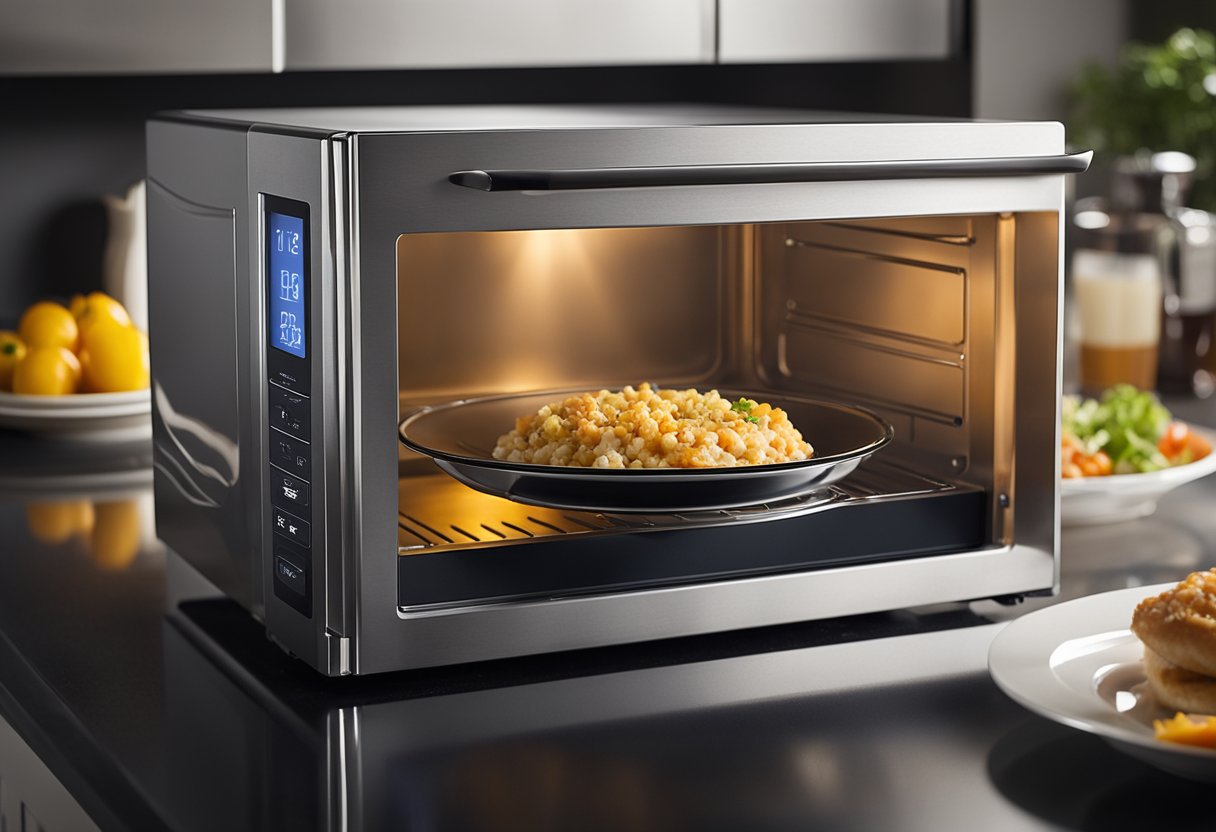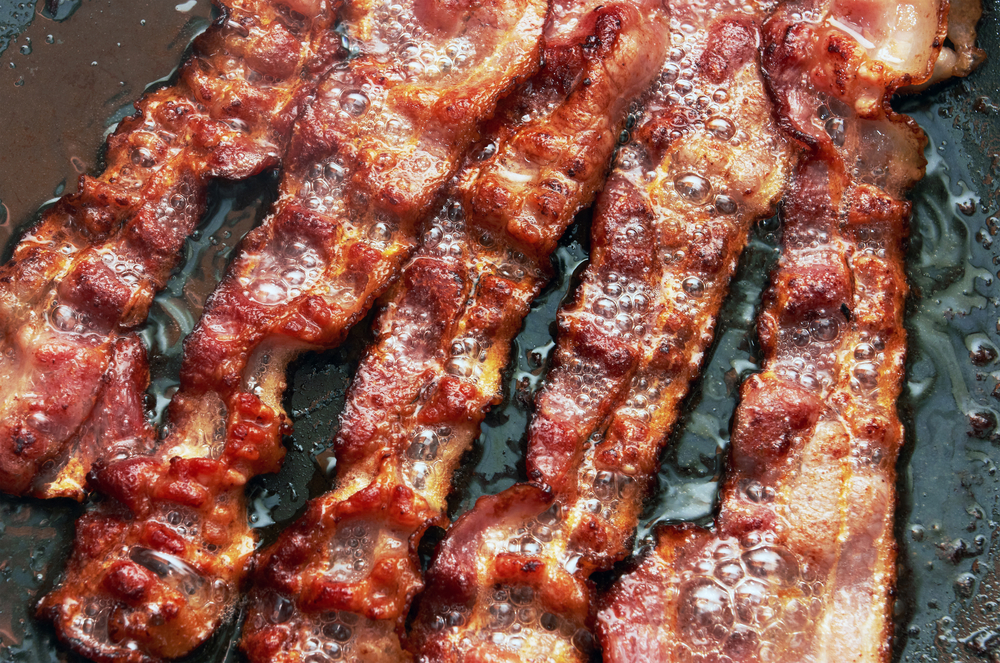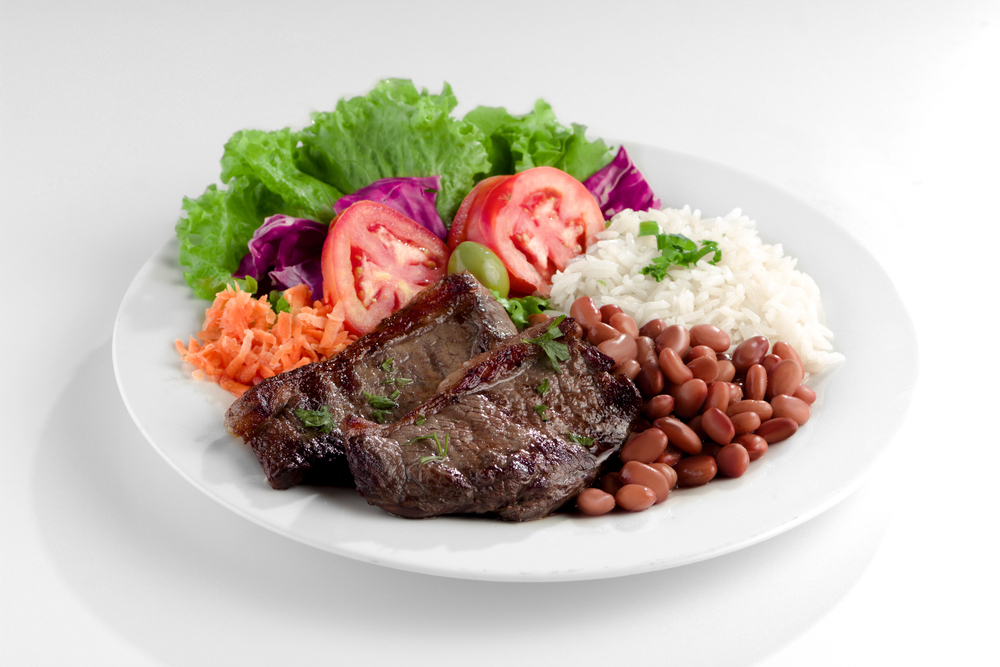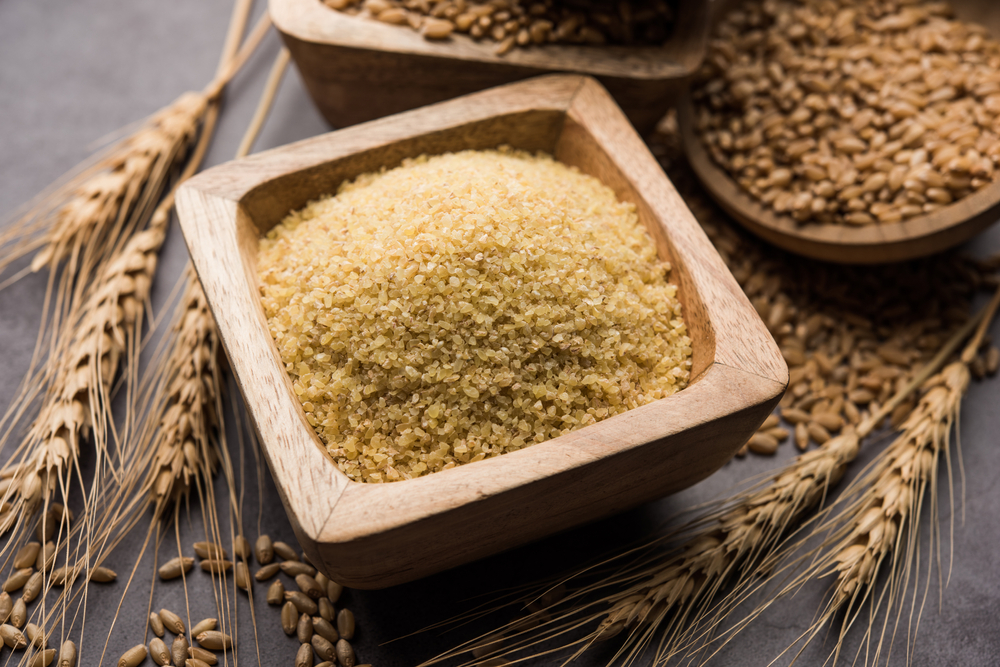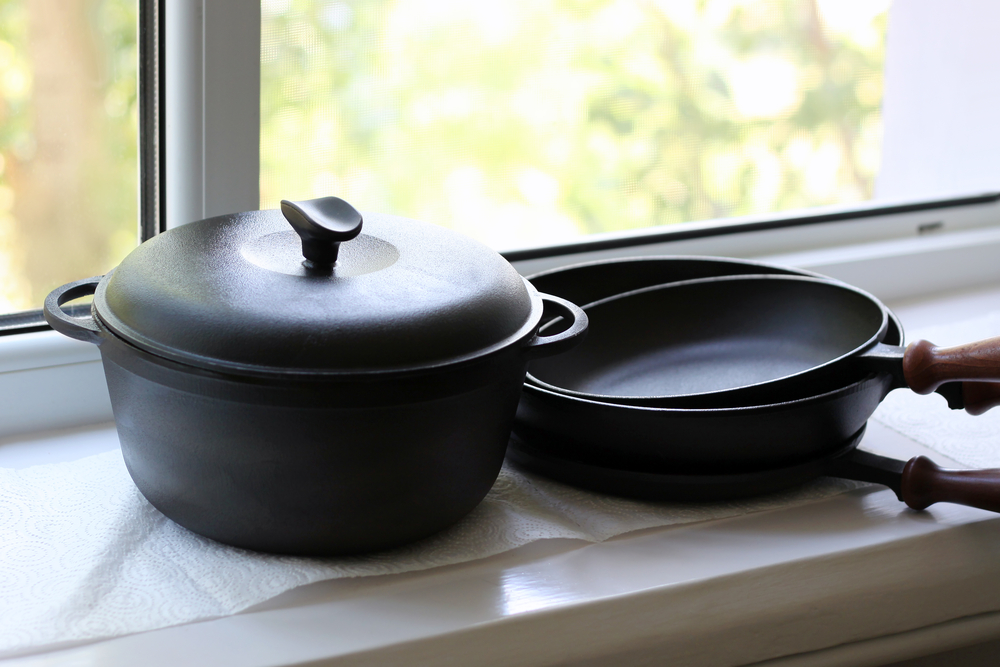As someone who meal preps regularly, I know how frustrating it can be when you’re left with a container of cold, hard rice. It’s a common problem for many of us, but luckily there are several ways to reheat rice without a microwave.
In this article, I’ll share some of the best methods for reheating rice so that it’s just as tasty and fluffy as it was when it was freshly cooked.
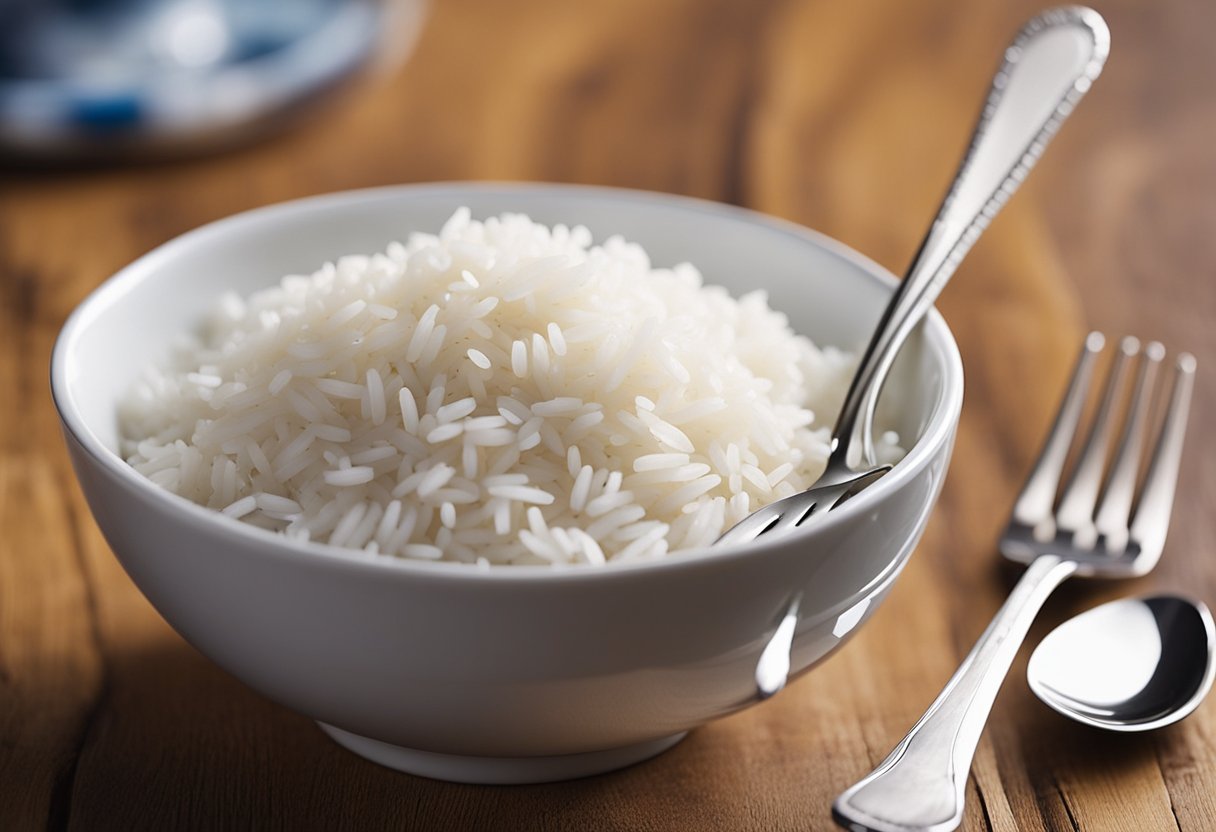
Before we dive into the different methods for reheating rice, it’s important to understand the basics of rice reheating. Rice is a delicate grain that can easily dry out or become hard and crunchy if not reheated properly.
This is especially true if you’re trying to reheat rice that’s been sitting in the fridge for a few days. Understanding the basics of rice reheating will help you choose the best method for your leftover rice and ensure that it comes out perfectly every time.
Now that you have a better understanding of the basics of rice reheating, let’s explore some of the best methods for reheating rice without a microwave.
From stovetop to oven to rice cooker, there are several ways to reheat rice that will leave it fluffy and delicious. Whether you’re reheating white rice, brown rice, or even fried rice, there’s a method that will work for you. So let’s get started!
Key Takeaways
- Reheating rice can be a tricky process, but there are several methods for reheating rice without a microwave.
- Understanding the basics of rice reheating is key to ensuring that your leftover rice comes out fluffy and delicious.
- From stovetop to oven to rice cooker, there are several methods for reheating rice that will leave it tasting just as good as it did when it was freshly cooked.
Understanding the Basics of Rice Reheating
As someone who enjoys rice-based meals, I understand the importance of reheating rice properly. Rice is a high-risk food when it comes to foodborne illness, and reheating it improperly can create the perfect environment for bacteria to grow, leading to food poisoning.
In this section, I will explain the basics of rice reheating to ensure that you can enjoy your leftover rice safely.
Temperature is Key
The first thing to consider when reheating rice is temperature. The danger zone for bacteria growth is between 40°F and 140°F (4.4°C and 60°C).
To avoid bacterial growth, rice should be reheated to a minimum internal temperature of 165°F (73.9°C). This can be measured with a food thermometer.
Bacillus Cereus
Bacillus cereus is a type of bacteria that is commonly found in rice. It produces toxins that can cause food poisoning.
When rice is cooked, the bacteria can survive and can grow rapidly if the rice is left at room temperature. To avoid this, rice should be cooled quickly and stored in the refrigerator or freezer.
Reheating Rice
There are several methods for reheating rice, including the microwave, stovetop, oven, and steamer. Each method has its advantages and disadvantages, and the choice of method may depend on personal preference and available equipment.
However, it is important to note that the microwave is not suitable for reheating rice as it does not heat the rice evenly, creating hot spots where bacteria can grow.
Foodborne Illness
Foodborne illness can be caused by a variety of bacteria, viruses, and parasites. Symptoms can include nausea, vomiting, diarrhea, and fever.
To avoid foodborne illness, it is important to follow proper food safety practices, including washing your hands, using clean utensils and surfaces, and storing food at the correct temperature.
In summary, reheating rice safely requires attention to temperature and proper storage. It is important to reheat rice to a minimum internal temperature of 165°F (73.9°C) and to cool and store rice properly to avoid bacterial growth.
By following these basic guidelines, you can enjoy your leftover rice without the risk of foodborne illness.
Reheating Rice on the Stove
When it comes to reheating rice without a microwave, the stove is a great alternative. Using the stove allows you to control the heat and moisture levels, resulting in fluffy and perfectly reheated rice. Here are two methods for reheating rice on the stove:
Using a Saucepan
Using a saucepan is a simple and effective way to reheat rice on the stove. Here’s how:
- Add a small amount of water or broth to the saucepan. The amount of liquid you add should be enough to create steam, but not so much that the rice becomes soggy. I usually add about 1/4 cup of liquid for every cup of cooked rice.
- Add the rice to the saucepan and stir to combine with the liquid.
- Cover the saucepan with a lid and heat over medium-low heat. The lid will trap the steam, which will help to reheat the rice evenly.
- Stir the rice occasionally to prevent sticking and to ensure that it heats evenly. Depending on the amount of rice you’re reheating, it should take about 5-10 minutes for the rice to be fully reheated.
Using a Skillet
If you’re looking for a quicker way to reheat rice on the stove, using a skillet is a great option. Here’s how:
- Heat a small amount of oil or butter in a skillet over medium heat. You can also use cooking spray if you prefer.
- Add the rice to the skillet and stir to coat with the oil or butter.
- Spread the rice out in an even layer in the skillet and let it cook for a few minutes without stirring. This will allow the rice to develop a slightly crispy texture.
- Stir the rice and continue cooking until it’s heated through. This should take about 5-7 minutes.
Using a skillet is a great option if you’re looking for a quick and easy way to reheat rice. However, keep in mind that the rice may not be as fluffy as it would be if you used a saucepan. If you prefer fluffier rice, using a saucepan is the way to go.
Overall, reheating rice on the stove is a great alternative to using a microwave. It allows you to control the heat and moisture levels, resulting in perfectly reheated rice every time.
Reheating Rice in the Oven
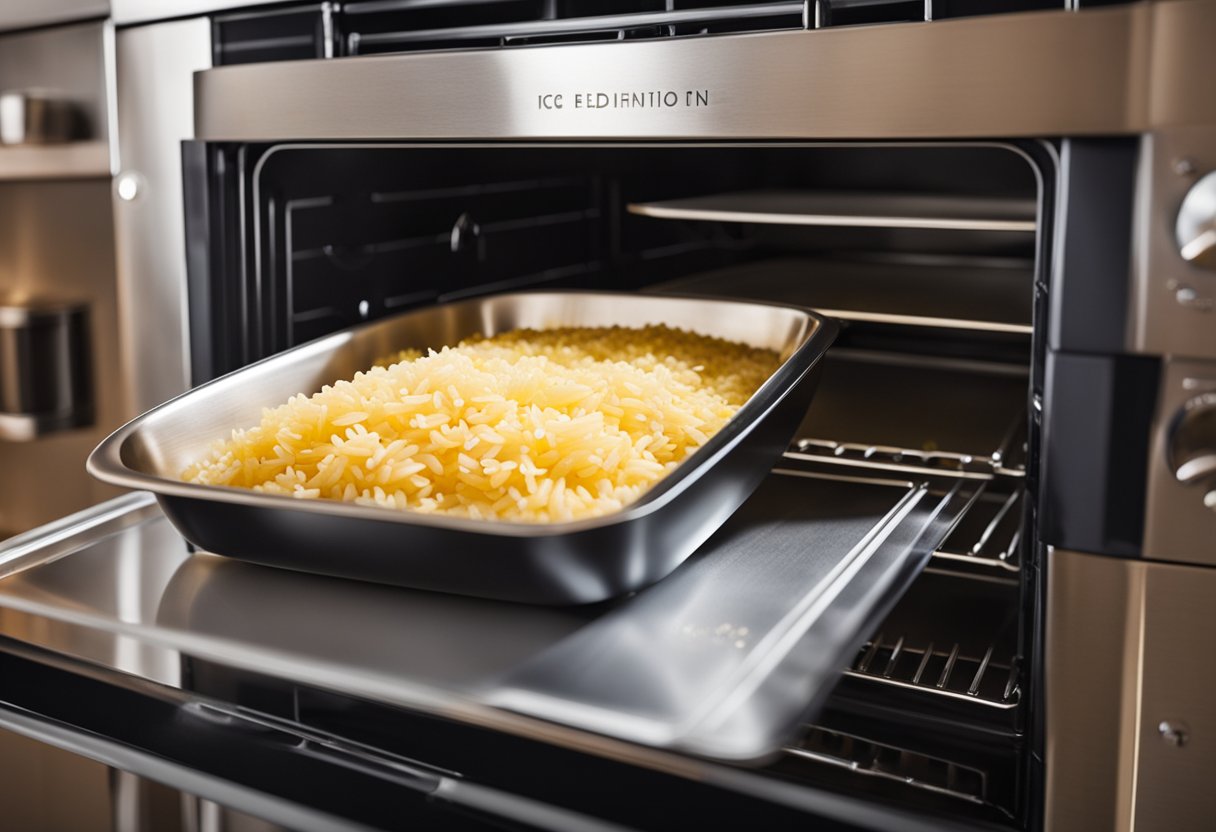
When it comes to reheating rice, the oven is a great option. Not only does it help to retain moisture, but it also ensures that your rice is heated evenly. Here’s how to do it:
Using Aluminum Foil
To reheat rice in the oven, start by preheating your oven to 280°F. Then, place the rice into a deep baking tray and stir to break up any clumps.
Add in a tablespoon of water or vegetable stock per cup of rice, and stir it in gently. This will help to add moisture to the rice and prevent it from drying out.
Next, cover the rice in the baking tray with aluminum foil. This will help to trap in the moisture and prevent it from escaping. If the baking tray comes with a lid, you can use that instead.
Place the baking tray into the preheated oven and let it heat up for 15-20 minutes. The exact time will depend on the amount of rice you are reheating and the type of oven you are using.
Check the rice after 15 minutes to see if it is heated through. If not, leave it in for another 5 minutes.
Once the rice is heated through, remove it from the oven and let it sit for a few minutes before serving. This will help to ensure that the rice is evenly heated and fluffy.
Using aluminum foil to cover the rice is an important step in the process. It helps to trap in the moisture and prevent the rice from drying out. Make sure that the foil is tightly sealed around the edges of the baking tray to prevent any steam from escaping.
Overall, reheating rice in the oven is a great option if you want to retain moisture and ensure that your rice is heated evenly. Just remember to use aluminum foil to cover the rice and add a bit of water or vegetable stock to keep it moist.
Reheating Rice Using a Rice Cooker or Instant Pot
When it comes to reheating rice, using a rice cooker or instant pot can be a convenient and hassle-free option. Both appliances are designed to cook rice perfectly, and they can also be used to reheat rice without compromising its texture or flavor.
To reheat rice using a rice cooker or instant pot, simply add the cooked rice to the appliance along with a small amount of water or broth.
The amount of liquid you add will depend on the amount of rice you are reheating, but a good rule of thumb is to add about 1/4 cup of liquid for every cup of rice.
Once you have added the rice and liquid, turn on the rice cooker or instant pot and let it steam the rice for about 10-15 minutes. The steam will help to reheat the rice evenly and prevent it from drying out.
When the rice is done reheating, use a fork to fluff it up and make sure there are no clumps. If the rice is still a bit cold in the middle, you can add a bit more liquid and steam it for a few more minutes.
One of the great things about using a rice cooker or instant pot to reheat rice is that you can also add other ingredients to the pot to create a one-pot meal.
For example, you could add some vegetables, protein, and seasoning to the pot along with the rice and let everything cook together for a quick and easy meal.
Overall, reheating rice using a rice cooker or instant pot is a simple and effective way to get fluffy, perfectly heated rice every time. Just remember to add a bit of liquid, let it steam for a few minutes, and fluff it up with a fork before serving.
Reheating Rice in a Toaster Oven
When it comes to reheating rice, a toaster oven can be a great alternative to a microwave. It can help you achieve that fluffy texture without drying out the rice.
To begin with, preheat your toaster oven to 350°F. While the oven is heating up, transfer the rice to an oven-safe dish.
You can add a tablespoon of water or broth per cup of rice to help retain moisture. Cover the dish tightly with aluminum foil or a lid if it comes with one.
Once the oven is preheated, place the dish with the rice in the oven. Let it heat up for about 10-15 minutes. This time may vary depending on the amount of rice and the type of toaster oven you have.
It is recommended to check the rice after 10 minutes to see if it has heated up properly.
When the rice is heated through, remove the dish from the toaster oven. Carefully remove the foil or lid, being cautious of the hot steam. Use a fork to fluff the rice to restore its texture.
It is important to note that the temperature and time may vary depending on the type of toaster oven you have. It is recommended to check the manufacturer’s instructions for the best results.
In summary, reheating rice in a toaster oven is a great alternative to a microwave. Preheat the oven to 350°F, add a tablespoon of water or broth per cup of rice, cover the dish tightly with foil or a lid, and heat for 10-15 minutes.
Check the rice after 10 minutes and fluff with a fork once heated through.
How to Store Leftover Rice
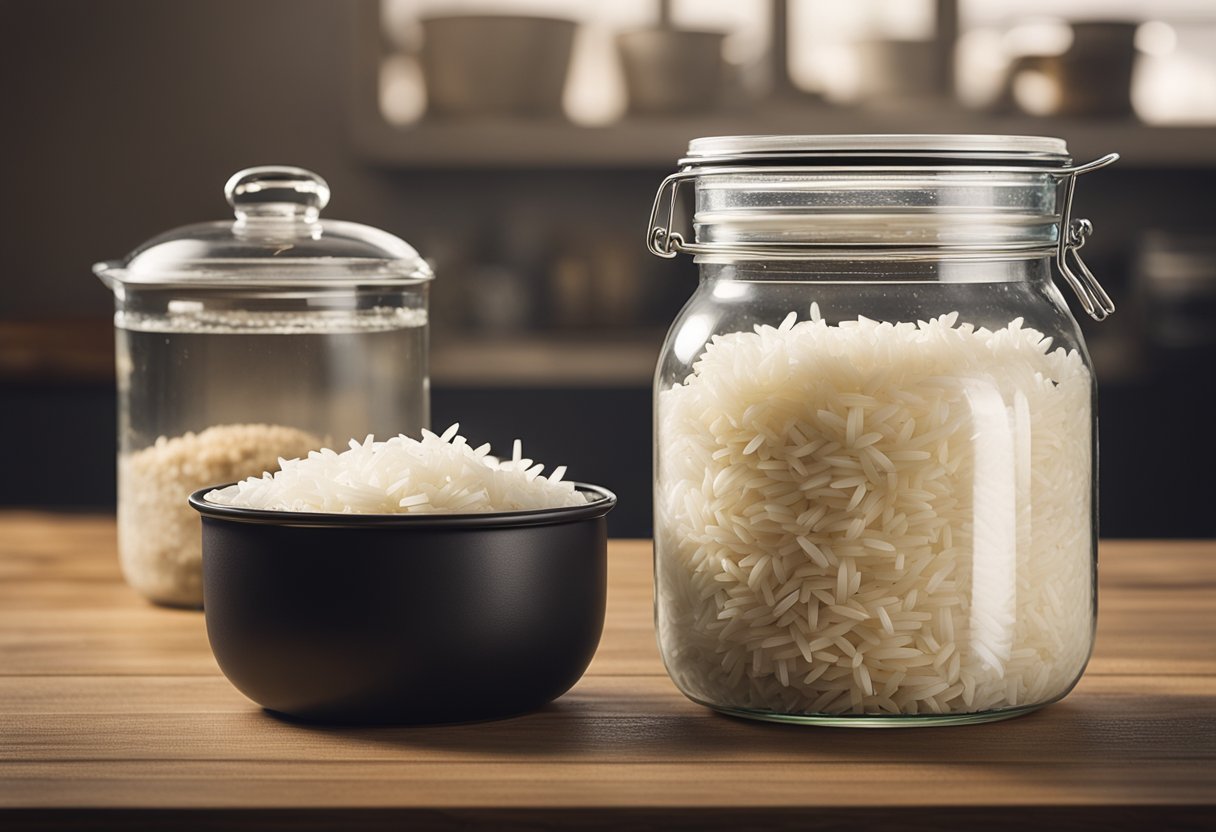
When it comes to storing leftover rice, there are two main options: refrigeration and freezing. Proper storage is important to prevent bacterial growth and ensure that the rice remains fresh and safe to eat.
Refrigeration
If you plan to eat your leftover rice within a few days, storing it in the refrigerator is the way to go. Here are the steps to follow:
- Transfer the rice to an airtight container. This will help keep out moisture and prevent bacterial growth.
- Allow the rice to cool completely before storing. Putting hot rice in the refrigerator can raise the temperature and cause other foods to spoil.
- Label the container with the date you stored the rice. This will help you keep track of how long it has been in the fridge.
- Store the rice in the refrigerator for up to four days.
When reheating refrigerated rice, it is important to make sure it is heated all the way through to kill any bacteria that may have grown. You can reheat the rice in the microwave in a microwave-safe bowl or on the stovetop.
Freezing
If you don’t plan to eat your leftover rice within a few days, freezing is the best option. Follow these steps to freeze rice:
- Transfer the rice to an airtight container or freezer bag. Make sure to remove as much air as possible to prevent freezer burn.
- Label the container or bag with the date you stored the rice.
- Store the rice in the freezer for up to six months.
When reheating frozen rice, make sure to thaw it completely before reheating.
You can thaw the rice in the refrigerator overnight or in the microwave using the defrost setting. Once the rice is thawed, you can reheat it in the microwave or on the stovetop.
Properly stored leftover rice can be a convenient and delicious addition to your meals. By following these simple steps, you can ensure that your rice stays fresh and safe to eat.
Tips for Reheating Different Types of Rice
When it comes to reheating rice without a microwave, different types of rice require different techniques to ensure they retain their texture and flavor. Here are some tips for reheating different types of rice:
Reheating White Rice
White rice is the most common type of rice, and it’s also the easiest to reheat. To reheat white rice, add a tablespoon of water or broth for every cup of rice to prevent it from drying out.
Place the rice in a steamer or a pot with a lid and heat it over medium heat until it’s heated through. Fluff the rice with a fork and serve.
Reheating Brown Rice
Brown rice is a bit trickier to reheat than white rice because it tends to dry out quickly. To reheat brown rice, add a tablespoon of water or broth for every cup of rice and cover the pot with a lid.
Heat the rice over low heat until it’s heated through, stirring occasionally to prevent sticking. If the rice is still too dry, add more liquid as needed.
Reheating Jasmine Rice
Jasmine rice is a fragrant, long-grain rice that is commonly used in Thai and Vietnamese cuisine. To reheat jasmine rice, add a tablespoon of oil for every cup of rice to prevent it from sticking together.
Heat the rice in a steamer or a pot with a lid over medium heat until it’s heated through. Fluff the rice with a fork and serve.
Reheating Long-Grain Rice
Long-grain rice is a versatile rice that can be used in a variety of dishes. To reheat long-grain rice, add a tablespoon of water or broth for every cup of rice and cover the pot with a lid.
Heat the rice over low heat until it’s heated through, stirring occasionally to prevent sticking. If the rice is still too dry, add more liquid as needed.
Reheating Fried Rice
Fried rice is a popular dish that is made by stir-frying rice with vegetables, meat, and other ingredients. To reheat fried rice, add a tablespoon of oil for every cup of rice to prevent it from sticking together.
Heat the rice in a pan over medium heat until it’s heated through, stirring occasionally to prevent sticking. You can also reheat fried rice in a steamer or a pot with a lid.
By following these tips, you can reheat different types of rice without a microwave and enjoy moist, fluffy rice with your favorite sides.
Conclusion

In conclusion, reheating rice without a microwave is a simple and effective method that can be done using a stove or oven. It is important to note that the best way to reheat rice will depend on the type of rice and personal preferences.
If you prefer fluffy rice, using a steamer basket on the stove is a great option. This method ensures that the rice is evenly heated and retains its moisture. Another option is to use a pot with a tight-fitting lid to trap the steam and heat the rice.
For those who prefer crispy rice, using a frying pan or wok is a great option. This method allows the rice to crisp up and develop a golden-brown color. Adding a little bit of oil or butter can also enhance the flavor.
When reheating rice in the oven, it is important to cover the rice with foil or a lid to prevent it from drying out. It is also recommended to add a little bit of water or broth to the rice to ensure that it stays moist.
Overall, there are many ways to reheat rice without a microwave. Experiment with different methods to find the one that works best for you. With a little bit of practice, you can enjoy delicious and perfectly reheated rice every time.
Frequently Asked Questions
How to reheat rice and beans on stove
To reheat rice and beans on the stove, add a small amount of water or broth to the rice and beans in a pot. Cover the pot with a lid and heat over medium-low heat, stirring occasionally, until the rice and beans are heated through.
This method helps prevent the rice from drying out and ensures that the beans are evenly heated.
How long to reheat rice in oven
To reheat rice in the oven, preheat the oven to 300°F. Spread the rice out in a baking dish and cover with foil. Bake for about 15-20 minutes or until the rice is heated through.
Be sure to check the rice periodically to avoid overcooking or drying it out.
How to reheat rice in air fryer
To reheat rice in an air fryer, spread the rice out in a single layer in the air fryer basket. Heat at 350°F for about 5-10 minutes, or until the rice is heated through. Be sure to shake the basket occasionally to ensure even heating.
How to reheat rice without microwave or oven
To reheat rice without a microwave or oven, you can use a stovetop or a steamer basket. For stovetop reheating, add a small amount of water or broth to the rice in a pot and heat over medium-low heat, stirring occasionally, until the rice is heated through.
For steamer basket reheating, add a small amount of water to the bottom of the steamer basket, place the rice in a heatproof container, and steam for about 5-10 minutes or until the rice is heated through.
How to reheat brown rice on stove
To reheat brown rice on the stove, add a small amount of water or broth to the rice in a pot and heat over medium-low heat, stirring occasionally, until the rice is heated through.
Brown rice takes longer to reheat than white rice, so be patient and give it time to heat through.
Is it better to reheat rice in pan or microwave?
Both methods are effective for reheating rice, but using a pan on the stove may be preferable if you want to add additional ingredients or flavors to the rice.
Microwaving is faster and more convenient, but it can sometimes result in uneven heating or dried-out rice.


